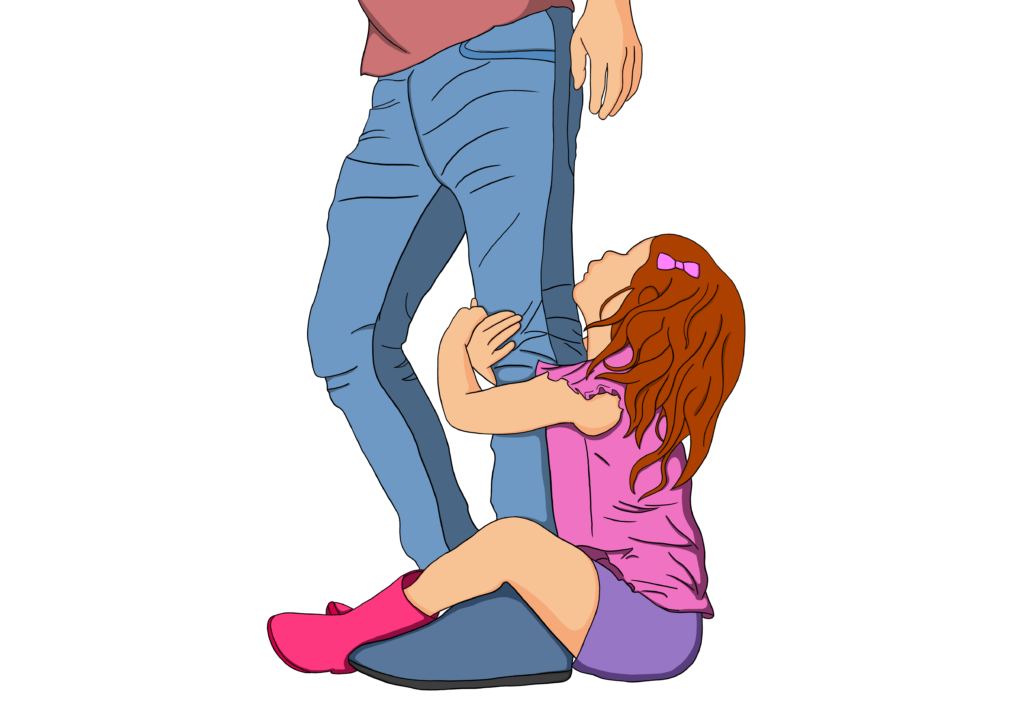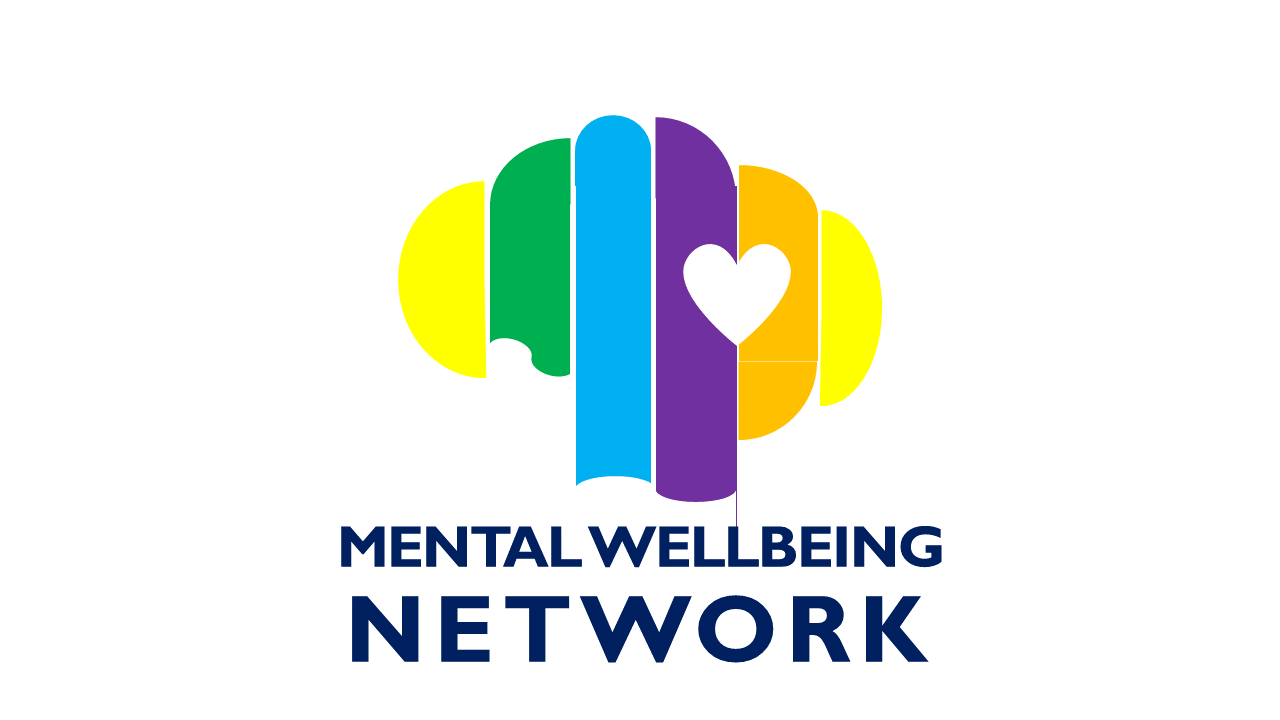What is Separation anxiety disorder?
Separation anxiety disorder is a type of mental health. It involves worry and tension from being a certain distance away from family or friends. This type of mental health condition usually occurs in babies and children. Children and babies under the age of four may cry if they are left alone.
If a parent leaves them for a second, even for a short time then the children will become clingy. According to the NHS website, separation anxiety is common in young children with the ages of 6 months and under. However, this is a normal process of a child’s life as they would gradually grow out of it.
However, most children may stop feeling worried and tensed of separation at the age of three. A separation anxiety disorder may interfere with a child’s school life, daily activities, or other mental health conditions. This may result in them having a separation anxiety disorder.
A separation anxiety disorder may become easier for some people as they may know how to cope with it but may become difficult for children. Teenagers and adults may suffer from SAD, but it is not common. Adults and teenagers may not leave their house or attend school, college or work due to their mental health conditions.
Why does separation anxiety disorder occur?
There are many factors and reasons as to why separation anxiety disorder occurs. This is due to the sudden rush of feelings and emotions that cause a person to feel huge amounts of stress and tension.
Babies and toddlers may become more adaptable and dependent on other people as they are familiar with their surroundings.
The reason for S.A.D is because there is a change in the environment such as moving houses or changing schools. This can become triggering for the person and cause them a lot of stress.
When parents go through a divorce or when something bad happens it can trigger separation anxiety disorders in many ways. As it is a condition that can become tough to deal with but is possible to get treatment for it.
Symptoms
Separation anxiety disorder can involve many symptoms that can affect your mental health both conditionally and unconditionally. Symptoms include:
- Panic attacks
- Developing phobias
- Different anxiety disorders
- Constant worry and stress
- Depression
- OCD
- Low self esteem
These are some of the symptoms of separation anxiety disorder. If you or someone you know such as a relative or friend starts to panic calm them down and offer them help to see a medical practice. Symptoms can become severe depending on the situation of the condition and how far it has come.
Controlling and keeping calm under such circumstances can help reduce the effects of the symptoms as well as taking any medication that may be treatable for it. Although medicine may reduce the symptoms of SAD it may only do so temporarily which is why it is better to see your local GP or visit the hospital.
People with a separation anxiety disorder may not get involved in social activity and can isolate themselves from others. This can result in sadness and extreme difficulty comprehending and grasping certain situations when a traumatic event occurs.
How to prevent separation anxiety disorder
There are few solutions that can help treat SAD in children but there are alternative methods that may help ease the tension and stress. If you are afraid that your child’s anxiety is worsening even during the development stage, then it would be recommended to seek medical attention.
Recognising and identifying as well as going through therapy can help relieve the symptoms and prevent the illness from worsening.
Listening to your local GP and asking any questions about the condition can help provide relief and knowledge on how bad the condition is. Going through a treatment plan can help slowly reduce the effects of SAD and prevent the symptoms from getting stronger.
If you are going through the symptoms of depression, anxiety stress or mental and physical pain then it is best to seek guidance and advice on what the best possible treatments are so that it is easy to cope with, making it easier for you to absorb healthy coping mechanisms for your child.
Having questions and expressing thoughts of the condition can help the medical professional to communicate with you more effectively. This will help solve any communication barriers as well as understand the different procedures and processes SAD undergoes.

Taking action
Booking an appointment with the doctor can help set up a treatment plan and a schedule of reducing sad
Before seeing your local GP, writing down a list of symptoms and daily activity of your child can go a long way. To help the doctor understand you could write down a list of the child’s symptoms such as the anxiety and pressure they are going through due to the condition.
Taking note of any sudden events and causes that could trigger the condition is useful. This can help the doctor understand what’s causing S.A.D and what steps needed to be taken in order to reduce the effects.
Going through records or listing down your family’s history of mental health disorders could be the cause of SAD mainly because of genetics. Writing in detail every aspect of the condition such as other mental and physical health problems.
Taking note of the different medications you or your child takes such as vitamins, herbs, prescription medicines or syringe medicines can help the doctor know what medicine may prevent SAD.
Coping with separation anxiety disorder
Living with a child who suffers from separation anxiety disorders can be painful and unpleasant. Parents are concerned that their children’s health will decline.
Consulting and visiting your therapist for assistance with the condition can go a long way. Therapists may ask you a few questions so they can understand and deal with the symptoms of SAD.
Using the resources and services available makes you feel better as you know there is help out there. This would reduce the tension, stress, and worry the person with anxiety is going through.



